You’ve just created the perfect design pitch for a new client’s business. The aesthetics are eye-catching, the details clever and you know this concept will fly off the shelves. And then… they want to go in a “different direction.” What happened?
The reality is that strong designs don’t sell themselves. Graphic design is a subjective art form and it can be difficult for clients to know what to choose. Without context or a convincing presentation, your client may miss all those clever details that make your design the best choice. Or they may not understand the deep thinking behind your aesthetic approach. While the concept may seem perfect in your eyes, you still need to “sell” your design to your client.
In this article, we’ll share six ways to make your client fall in love with your design pitch.

1. Presentation is everything
—
When building a brand for a business, it’s easy to forget how powerful that first impression can be for a client. Your pitch should bring their business to life and help them dream about an exciting future with your design work as the centerpiece.
It’s not just about a single logo or a bottle label—it’s all about the bigger picture. Help your client go on that bigger journey with you, by helping them visualize the design in real life and understand how it could be expanded in the future.
Stock photography can evoke a specific feeling or atmosphere. Texture or patterns can add visual interest. Mood boards are a great tool to help your client understand what you’re going for. Even a simple stationary mockup or an in-situ poster can make the design feel more tangible and turn some gears in the client’s mind.
Once you’ve pulled together your concept, it’s also important to consider what format you’ll present the design pitch in. Are you sending your clients a PDF or formally presenting a Keynote? Are you participating in a design contest and need your design’s thumbnail to stand out from other submissions?
Make sure to give your work space to breathe, so the client can really take it in. Cramming in too many details can make the pitch chaotic and difficult to digest.
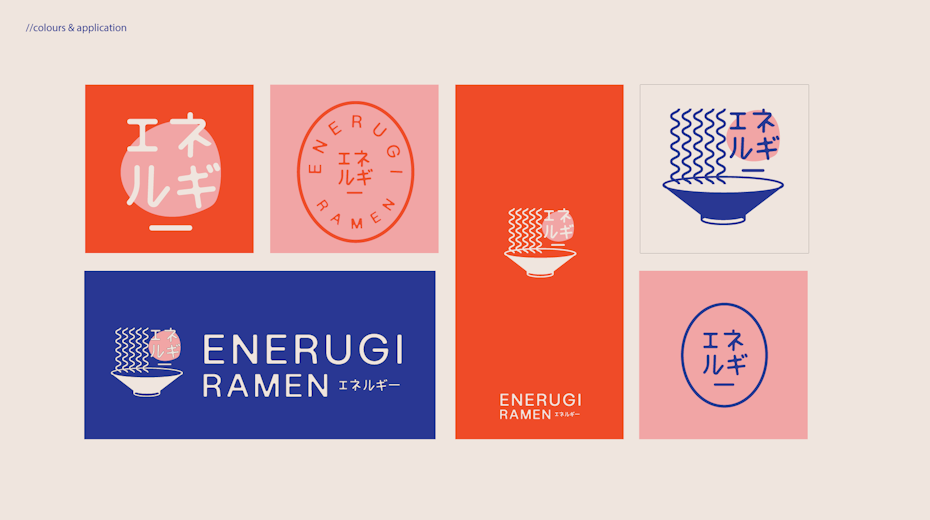

2. Contextualize your design
—
As part of your pitch, explaining your work is always important. Your client isn’t a mind reader. Help them understand the thought process behind the design by clearly walking them through your approach and pointing out any interesting details.
Why did you choose this specific iconography, color palette or aesthetic? Are there clever easter eggs hidden in the design? While you may have created something smart and thoughtful, your client may miss a lot if you don’t point it out.
To really drive your pitch home, you should use keywords from their creative brief to demonstrate how you’ve listened to their needs and applied them in your work. This helps the client connect your design and their vision more clearly. They’ll appreciate your attentiveness.
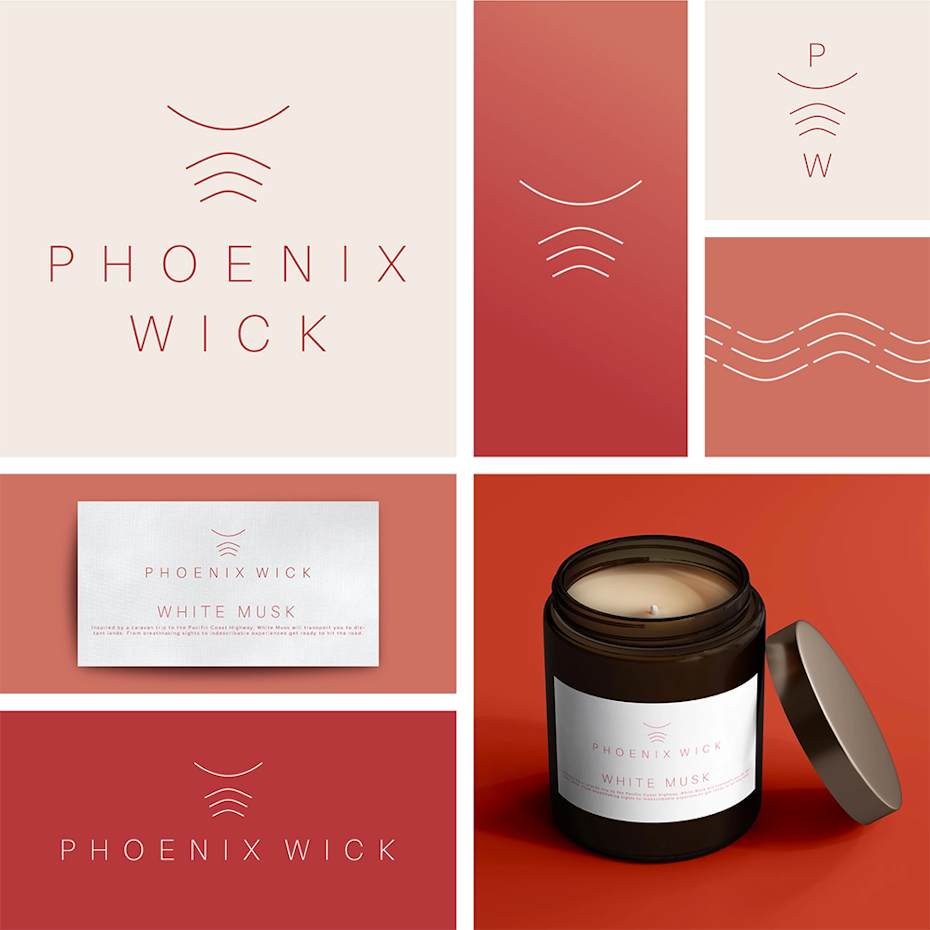
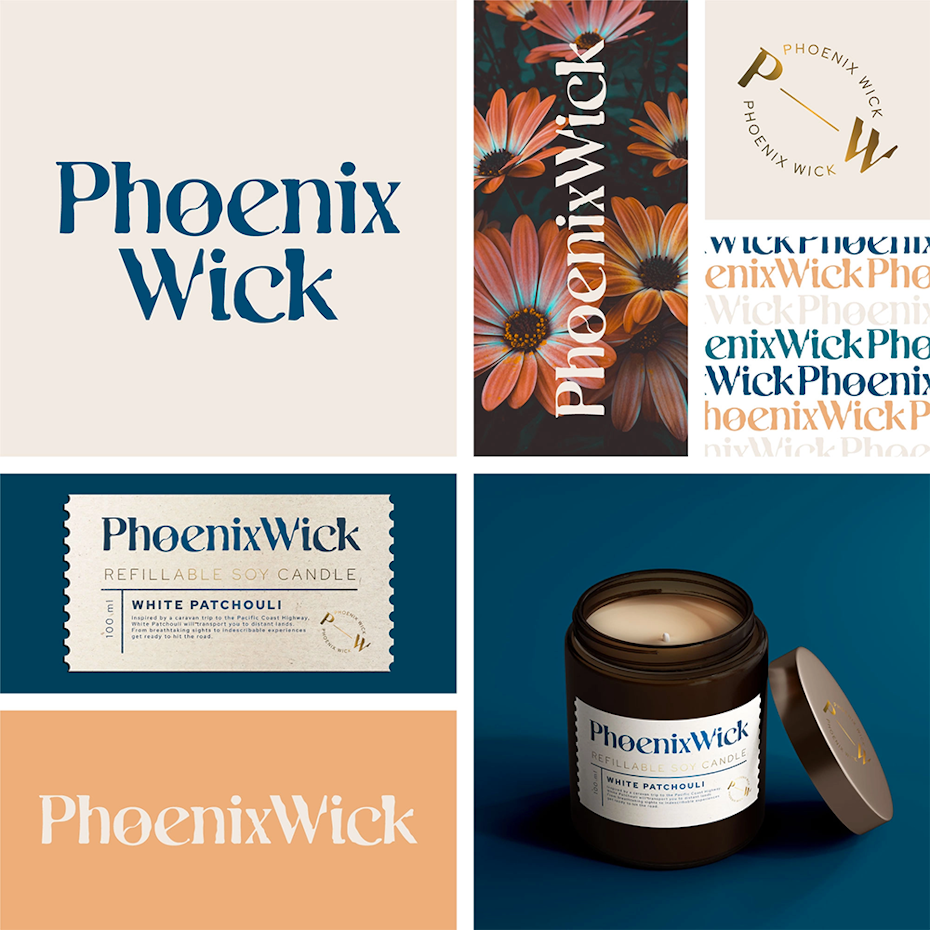
3. Don’t get stuck in the details
—
If you’re providing your client with multiple options for a design project, make sure each one has a strong point of view. You want the client to buy into the overall concept first. By presenting design options that are too similar, you may get caught up in discussions about colors and layout options too soon. A pitch is really about determining the overall direction your client wants to go and earning their enthusiasm.
Once your client chooses a direction, you can start the feedback process. But again, you’re the expert—do some of the heavy lifting on your own before bringing adjustments to the client. Sometimes it’s better to do something well and offer fewer choices, so the client can provide clearer feedback without getting overwhelmed.
4. Showcase the industry fit
—
How does your design hold up against the competition? That’s a big question on every client’s mind. As a designer, you can help them visualize this by doing some competitive research in their industry. Does your client want to match the aesthetic of others or go in a completely different direction?
For example, let’s say your client is starting a high-end fashion business. You can show them how your logo may compare to others in the industry with a simple visual logo grid:
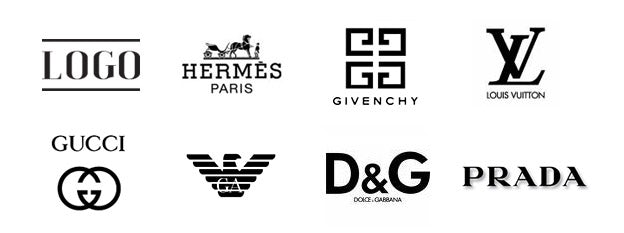
Presenting your design like this helps the client see how their brand would compare and (if done successfully) may ultimately sell them on your work. Whether they’re looking to blend in or stand out, this is an easy way for them to understand how your concept would fit in the market.
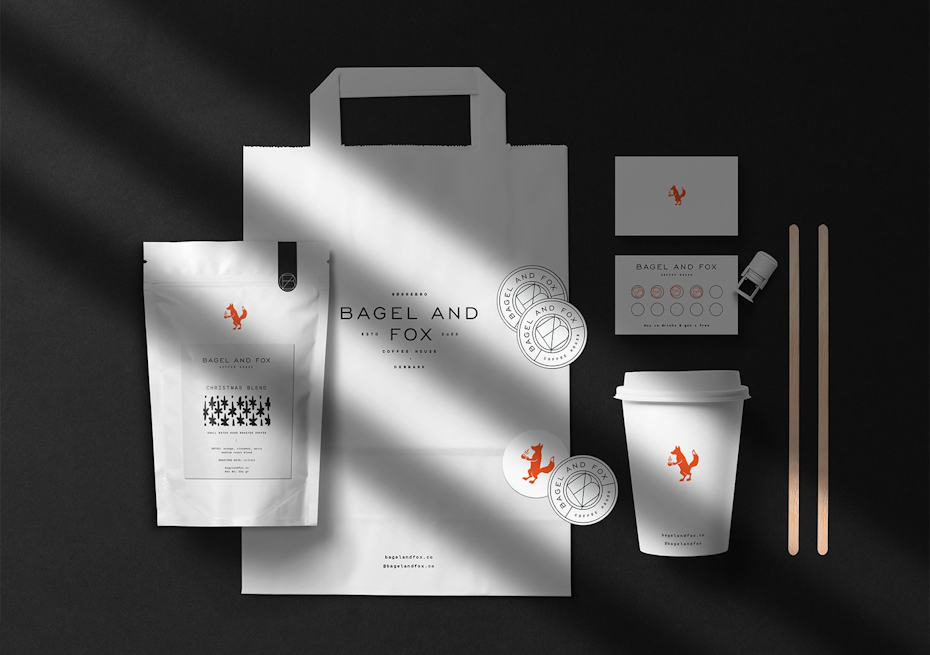
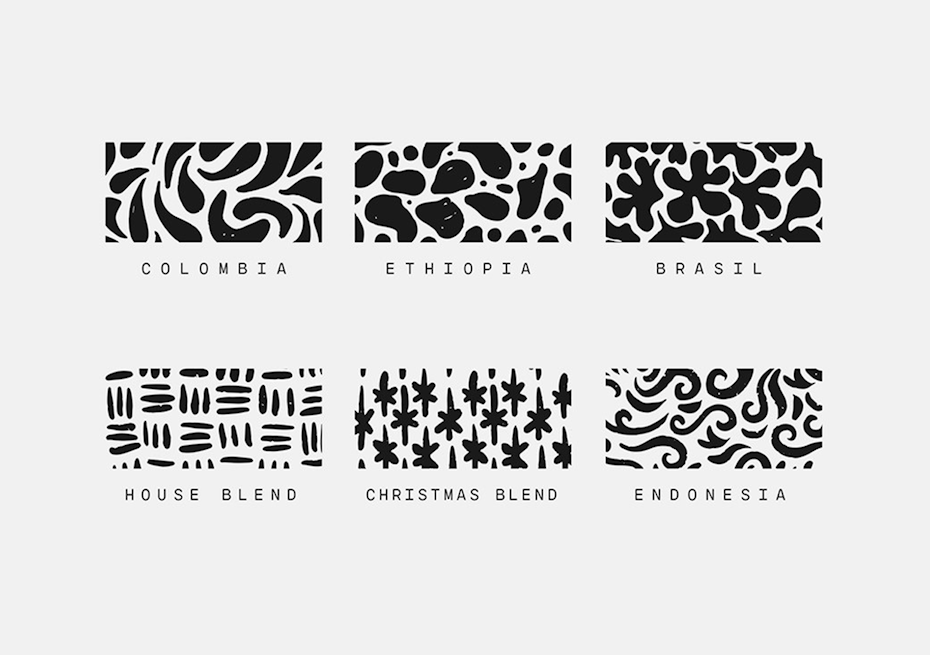



5. Choose your words carefully
—
Kerning. Raster. Leading. DPI. Slugs. Graphic design has a unique lexicon—not everyone speaks the language. When working with clients, it’s important to translate design vocabulary into something that’s more approachable. After all, they’re a key collaborator in your creative process.
Think about how to talk about design in a universal way. For instance, words like “tracking” can be referred to as “the space between letters.” Words like “bleed” can be referred to as “the printed area overlapping the cut edge.”
Well-written or easy-to-understand conversations can say a lot more about a designer than their robust design vocabulary.
6. Give your client space
—
Have you ever fallen victim to a pushy salesperson? Imagine you’re browsing a store and suddenly, they’re walking you through every corner of the store, trying to upsell you in the process. What was meant to be a calm shopping experience has become a stressful turn-off.
Don’t be that salesperson. After you’ve shared your proposal with a client, give them some space to reflect on everything. Make yourself available by letting them know you’re happy to answer any questions and then ask to set a follow-up meeting to reconnect.
You’ve given them a lot to digest. Let them do that without an upset stomach.
Conclusion
—
At the end of the day, pitching a client can be a lot like dating. If you’re honest, confident and approachable, your clients will see you as someone they could happily work with for a long time.
By digging deeper into your design concepts and communicating your thoughts clearly, you’ll give them the context they need to reflect and offer feedback on your designs. And by listening closely to their needs and reflecting them in your work, you’ll demonstrate how you can be a great collaborative partner and be able to sell your design.
While you may still not win every pitch, these simple tips should give you a competitive edge!
We're here for you.
Find more inspiration, tools and tips for freelancing.
This article was originally written by workerbee and published in 2015. It has been updated with new examples and information.



